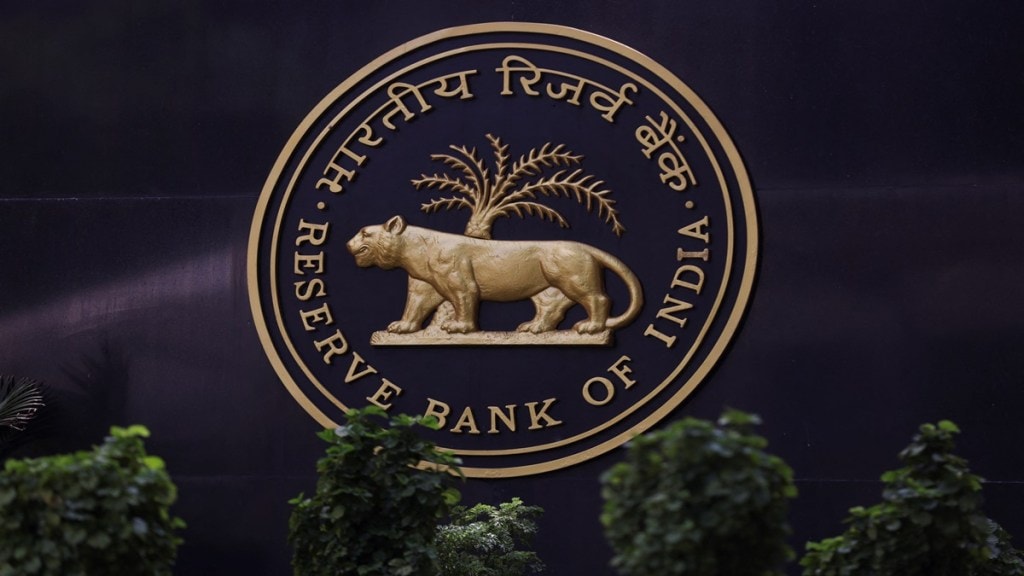Indian banks continued their overseas expansion through subsidiaries and joint ventures, with a 1.9% rise in branches and a 6.1% increase in employee strength, according to the latest annual Survey on International Trade in Banking Services (ITBS) by the Reserve Bank of India (RBI) for 2024–25.
Their consolidated balance sheets grew by 9.1% (branches) and 4.2% (subsidiaries), while foreign banks in India posted a robust 17.5% growth.
Lending and deposit mobilisation by Indian banks abroad rose 5.6% and 9.4%, respectively. Foreign banks in India saw credit growth of 8.4%, but deposit growth slowed sharply to 6.8% from 16.4% the previous year.
Growth drivers and domestic competition
The survey captures cross-border banking activities, including fund-based services like deposits and credit, and auxiliary services such as fee-based financial operations conducted by Indian banks abroad and foreign banks operating in India. The survey covered 13 Indian banks with overseas operations and 44 foreign banks with Indian branches.
A moderation in interest income and expenses was observed across all cohorts, attributed to global monetary policy shifts and a high base effect.
For Indian banks’ overseas branches, interest income and expenses grew just 8% and 9%, compared to 72% and 87.5% in the previous year. The total income-to-assets ratio declined for overseas branches (5.9%) and foreign banks in India (7.1%), while subsidiaries of Indian banks saw a slight uptick to 7.4%.
Impact of global policy and shifting fee income hubs
Fee income trends revealed that foreign banks in India earned 9.4% more in 2024–25, while Indian banks’ overseas branches saw a 4.3% rise. Over two-thirds of fee income came from credit-related services, trading, payments, and trade finance.
Hong Kong emerged as the top fee-generating location for Indian banks abroad, overtaking the UK, which saw a sharp decline to rank fourth behind UAE and Singapore in the pecking order.

